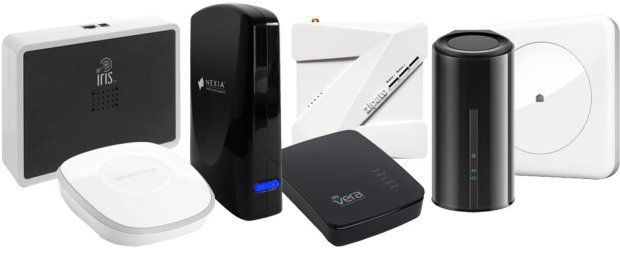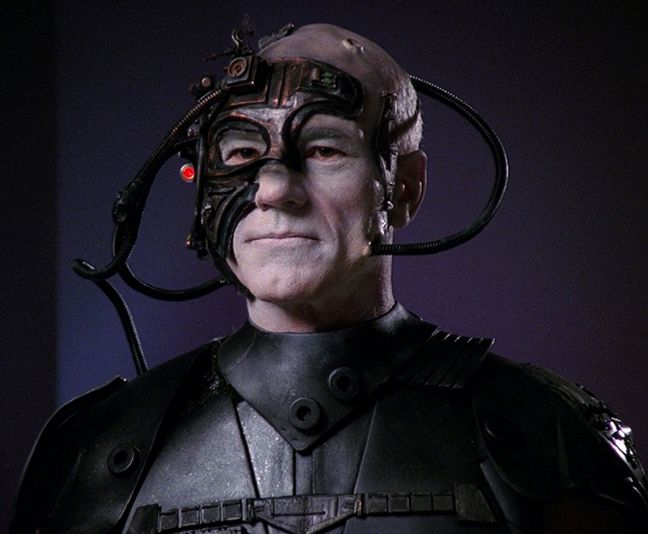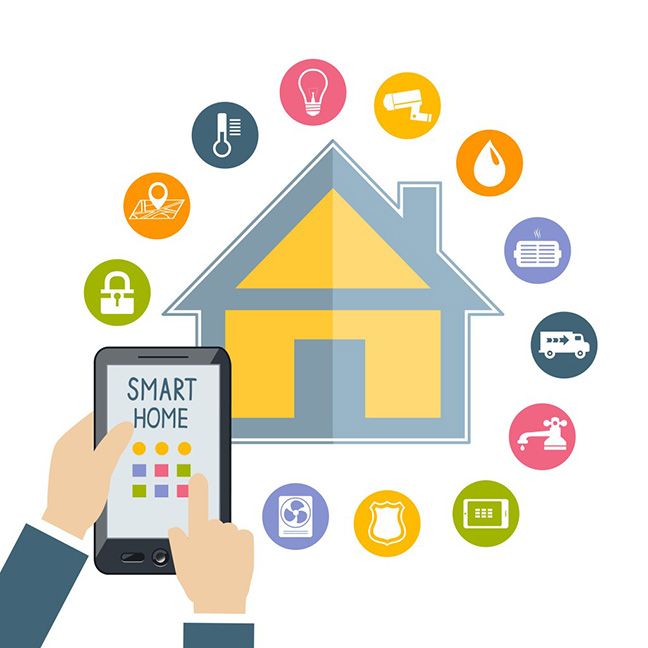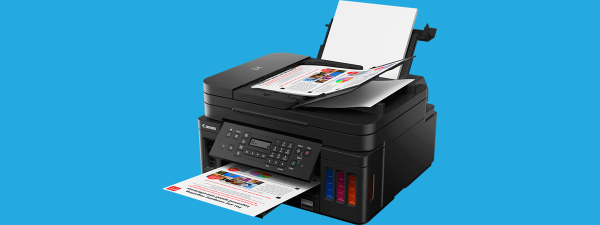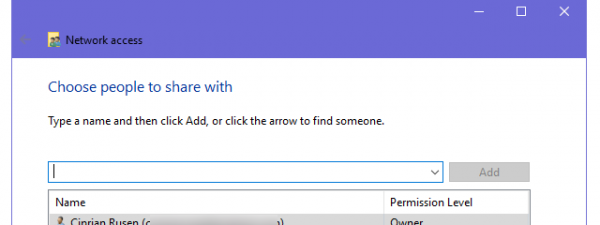
Equipping a smarthome has never been easier and more affordable. But where do you start? We examined a couple of solutions that allow you to start small and connect more devices later on . Let's look together at a few scenarios and you can decide what works best for you.
Your home - What could be smart about it?
After watching an episode of Star Trek with Picard talking to Enterprise, we know what we want: an overqualified domestic servant that is able to fulfill all our wishes and even guess a couple we did not think about. If you believe this is strictly science fiction, you will be surprised at what is available right now on the market. The technology is not anywhere near to fulfilling its potential, but you can get satisfying results today.
What part of your home can be connected to your smart solution? The range of devices is mind-boggling. Numerous startups are betting their future on finding the next astonishing gizmos. Established companies like Google and Apple are investing heavily in this area to bring about both devices and standards to unite them. Here is a very short list of examples:
- Thermostats: Nest Learning Thermostat
- Cameras: D-Link Wireless Pan & Tilt Day/Night Network Surveillance Camera
- Lights and switches: Philips Hue range of devices
- Locks: Yale Security Real Living Electronic Touch Screen Deadbolt
- Sensors: Samsung SmartThings Water Leak Sensor
What is smart is the ability of these devices to communicate with each other and with you and make decisions based on all this rich interaction. The first key question is what facilitates all this communication? This is not a trivial question because the myriad of smart home devices use different standards. The house will not be that smart if your devices cannot "speak" to each other.
Your home revolves around the hub
One approach is to provide a central hub that knows how to communicate with each device in its own standard. The hub also provides a central control point which makes it easier to coordinate all your smart home devices. Hubs are being provided, for example, by Insteon , iControl Networks , Samsung SmartThings, Wink.
Photo: Home Controls
Most of the hubs will focus on their job of controlling everything else. Others incorporate other functions:
-
iControl Networks Piper doubles up as a camera so you can already cross this off your shopping list. The downside is that you will be forced to position your hub wherever you need that camera which may be impractical.
-
Logitech Harmony Hub focuses on home entertainment, having the ability to control almost any audio/video device.
-
Amazon Echo delivers voice interaction and behaves like an electronic interpreter when dealing with the rest of your smart home devices.
-
Apple TV doubles up as a smart home hub for devices that are compatible with HomeKit, the standard pushed by Apple in this area. The voice interaction with your home is enabled by Siri.
The hub is a good way to deal with current complex technologies. The downside is that your home will only be a s smart as your hub. This technology advances at such an astonishing pace that what today is the latest and the best can become dated in a few months. However, using a central hub is not the only way to go. There's also a "collective" way and to show you what we mean, we will go back to another Star Trek analogy: The Borg.
Your home - The smart collective
Photo: Wikia.com
What made the Borg awesome and frightening was their dependence on the collective and not on any one individual of their community. Another part was, even creepier as Picard found out the hard way, the ability to integrate new individuals coming from different species and make them function fully as part of the hive.
The way the smart home devices and standards evolve is very similar to this collective approach. There is no central device which controls everything. We have smart devices that are built to talk to multiple other devices and vary their behavior based on what they receive. Your interaction and your place within this network is ensured by the smartphone or the tablet, the other "smart" devices that redefine your life.
Let's set up a simple scenario to see where this is going. Our classical thermostat will program the temperature in the house on a fixed schedule every day with a variation for the weekend. The smart thermostat will start by learning your behavior. Besides what you decide at a given moment is your programmed temperature, the smart thermostat will learn from your actual use. Every adjustment you make will be a chance to know you better and provide a smarter service in the future. Things get amazing when the thermostat starts talking to your smartphone and learns when you leave and when you come home. The same is true for your door locks. The house will lock down and start saving energy the minute you leave and it will welcome you back home knowing when you arrive while you are still on your way.
Apple has gone with HomeKit half-way into the collective territory. You can build your smarthome using any HomeKit compatible devices and you have full control over them as long as you are in the house. If you want to access while you are away, Apple forces you to have Apple TV installed. It works as an electronic butler taking your orders and taking care of the house while you are away.
Nest provides a few basic devices for your smarthome and then promotes their program " Works with Nest " to get a much wider range of compatible devices for a complete smarthome solution. Once you have any of the Nest products, your smarthome solution is up and running and you can add Nest compatible devices in any order you want.
One common thread is the emergence of tablets and smartphones as the mandatory element in a smarthome network. And on these smart devices, the world is controlled by apps.
Smart homes are app-centric
Photo: ASID.org
Our move from Desktop PCs and Internet browsers to apps on smart devices is complete when it comes to the smarthome. Apps are the chosen way to go, offered by manufacturers, to deal with their devices.
The hub versus collective approach is visible in the way the apps are installed. The hub will offer an app that acts as a gateway to its functions. The collective approach centers the smarthome control on your smart device. We tend to forget how powerful most of our smartphones and tablets are. Their specs match respectable laptops of only a couple of years back. The advantage here is that updating your app on your smart device is far easier than changing hardware in your house.
Smarten up your home
I hope I have convinced you to take a deeper plunge into the smarthome universe. The technology is under tremendous transformation, but there is enough value provided today to make it worth an initial investment. The price of entry is low as solutions take advantage of things that can be found in many houses today like a network router and a smartphone. Tell us in your comments what is your best experience with a smarthome solution.




